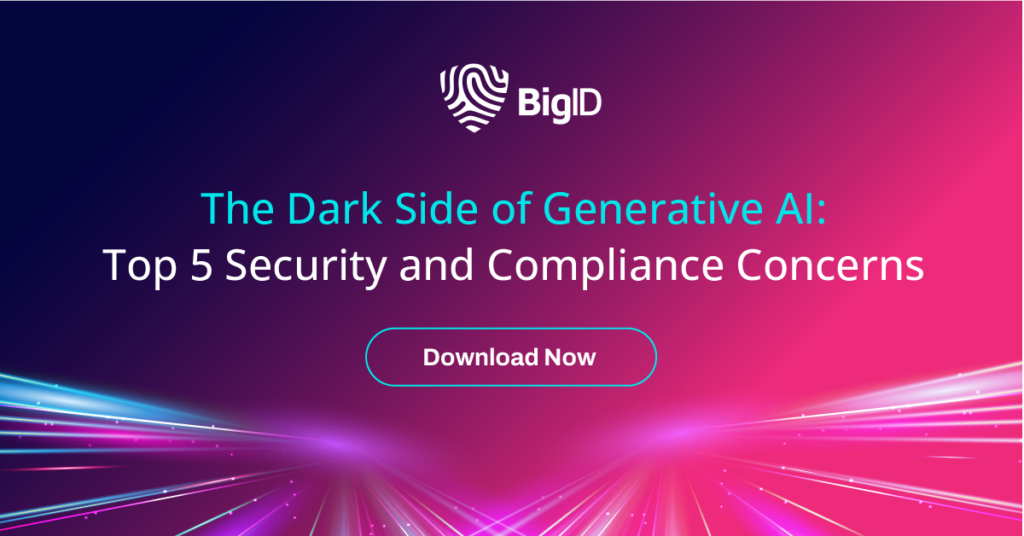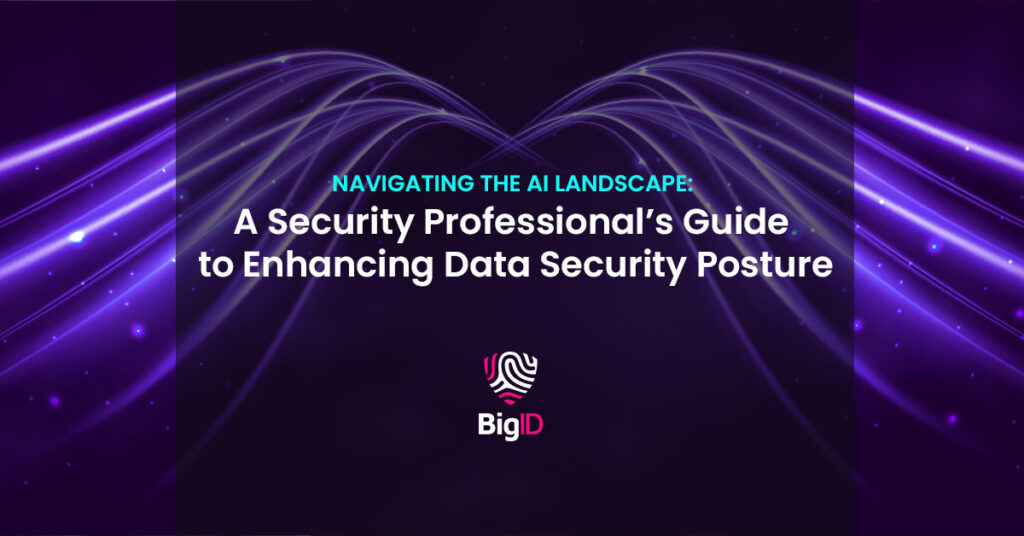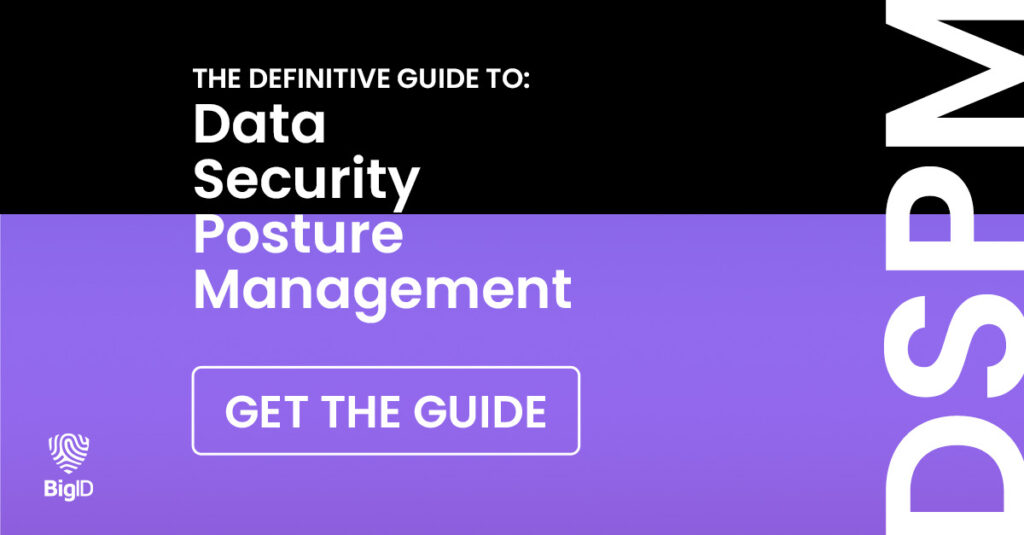Artificial Intelligence (AI) often evokes a mix of enthusiasm, confusion, and skepticism, particularly among those in cybersecurity leadership roles such as Chief Information Security Officers (CISOs). AI can be a groundbreaking tool in identifying anomalies, detecting cyber threats, and enhancing overall data security posture, when it’s used the right way.
Let’s dive into strategies that security professionals can adopt to effectively leverage AI without compromising on security.
Refining Signal Detection: The Role of AI in Minimizing False Positives
False positives are a significant concern for security teams, often serving as a distracting noise that mask genuine threats. An inundation of false alerts, improperly classified data, and noisy risk environments not only strains resources within the security team, but can also desensitize teams to future threats.
One way to address this is through machine learning (ML)-enhanced data classification. By employing ML algorithms tailored to your organization’s data environment, you can significantly reduce false positives.
Data Security Platforms and DSPM solutions like BigID leverage a multi layered approach to cut through the noise and accurately classify more types of data, across more environments, more accurately than ever before. By combining multiple data classification techniques with connected data and confidence scoring, BigID automatically classifies the data that matters most to you – whether it’s customer IDs, intellectual property, secrets in dev environments, and more.
This adds both efficiency and focus to your data security efforts, and can be even easier with capabilities like tunable classification, automated validation, and more. The goal is to evolve from an environment overwhelmed by irrelevant alerts to one marked by actionable, relevant warnings.
You can accelerate risk management by surfacing the highest priority risks, taking action to remediate that risk – whether it’s a misconfigured S3 bucket, an overprivileged user, or overexposed sensitive data – and locking it down.
The Overlooked Perils of Unstructured Data: Safeguarding Language Learning Models (LLMs)
Unstructured data—files, emails, documents, spreadsheets, and notes that are not neatly organized into databases—pose unique challenges, particularly with the advent of the current wave of Generative AI: particularly ones that are fueled by Language Learning Models (LLMs) like ChatGPT. These LLMs can analyze and generate human-like text based on their training data, which underscores the need for robust data handling procedures.
That training data is largely unstructured data, and it’s more critical than ever to make sure that the data that generative AI is trained on is safe for use. That means understanding what’s in your unstructured data in the first place; inventorying, classifying, and tagging the data by context and content; and putting controls in place to manage where it should (and shouldn’t) be used, accessed, and managed.
A critical concern is the potential misuse or unintended disclosure of sensitive information if the models are trained on unknown data or potentially sensitive data.
Organizations must establish thorough data governance procedures, including flagging, tagging, and labeling data with personally identifiable information (PII), personal information (PI), intellectual property, financial data, customer IDs, or other sensitive content. By properly managing your data, you can minimize risks associated with data leaks, breaches, and compliance issues.

Illuminating the Abyss: Addressing Dark and Shadow Data
The concepts of dark and shadow data present yet another layer of complexity in cybersecurity. Dark data, which consists of unstructured data not actively used or monitored (or sometimes you don’t even know it’s there), can include confidential or sensitive information and is a ripe target for cybercriminals.
Shadow data includes data in unauthorized cloud services or applications, often used by employees without full visibility into the associated risks.
You can’t protect what you don’t know, after all. BigID is the market leader in DSPM, and can be used to discover, categorize, and assess the risks tied to both dark and shadow data.
Ensuring visibility into these less-charted areas of your data ecosystem is crucial to fortifying your security posture.
Crafting a Holistic Data Security Strategy with AI
While AI offers unique advantages in improving data classification accuracy, managing unstructured data, and illuminating dark and shadow data, your security posture management can’t stop there.
Security leaders should consider a multi-layered approach that encompasses complete visibility and control for your data.
Leverage solutions like BigID that take a defense-in-depth approach to automating manual processes, improving accuracy and actionability, and applying AI & ML to cut through the noise, improve risk management, and enable a robust data security strategy. Take a tour today to see how BigID can help tackle your biggest data security challenges efficiently, accurately, and with more innovative AI than any other solution available.


